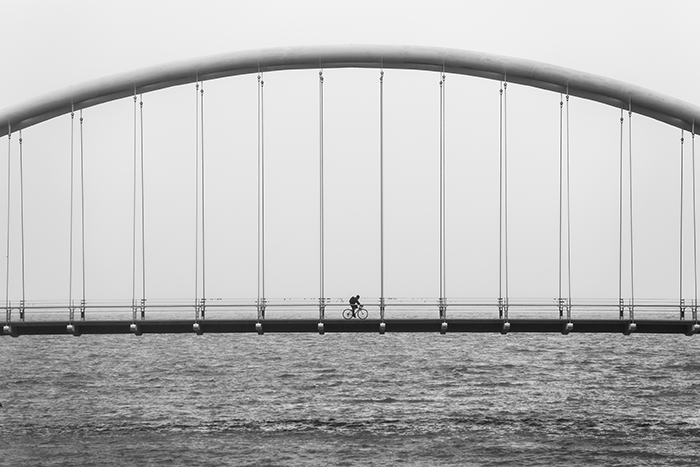Triathlon Brick Workout: The What, Why and How to Conquer Multisport Training
Let’s set the stage: you’ve been training for your first triathlon for a few weeks. That alone is an accomplishment; you’ve committed to a training plan, have been tackling THREE sports – swimming, biking and running and you’ve ramped up your mileage over the course of a few weeks. Congrats!
You glance at the training schedule (confidently) to prep for your upcoming workouts to find “BRICK WORKOUT” on the agenda. What does that mean? All of your tri-confidence is quickly deflated.
Never fear. Let’s start with the basics. A “brick workout” is the term used for tackling two of the three disciplines in triathlon in one workout, with little interruption in between. These types of longer, stacked workouts will help you on race-day for three reasons:
- Muscle Memory: Your body will be conditioned to transition from one sport to the next. The bike-to-run transition (aka T2) is the one many claim to be the most difficult, and sometimes painful due to muscle cramps.
- Gear Transitions: You’ll gain practice swapping the equipment required for each sport (quickly) so you know exactly what you need for each transition, and how you like your gear set-up.
- Mental Endurance: Each leg of the triathlon requires a mental shift. Practicing staying focused and disciplined on these longer workouts will help you stay mentally tough on race-day.
Let’s conquer your first brick workout. You know how to swim, bike and run already; so what’s the big deal putting two of the sports together? With a little bit of planning and preparation – you’ll be successful.
Here are five tips for conquering your first brick workout:
1. Map Your Route: Find a starting location that will allow you to set out on a loop or out-and-back ride so that you end back at the same starting location with your transition bag. From that same starting location, map a route for your run once you get off the bike. If you’re planning a swim/bike or swim/run brick workout, find a swimming spot that allows you to bike and/or run right out of the water.
2. Set Your Transition Area: Identify your transition spot. This is where you’ll have your bag with a change of shoes, gear, etc. Make sure you can leave this space unattended while you ride and then drop your bike and leave it while you run.
3. Pack Your Bag: There is nothing worse than transitioning mid-workout from one sport to the next to find you forgot your change of shoes … workout sabotage. Go through a packing list the night before to ensure you have gear for biking and then running (or swimming if necessary). If a swim is incorporated into your plan, think through what you are going to wear in the water that you can easily bike and run in. NOTE: this is really good to think about (and practice) ahead of race-day!
4. Plan for Fuel: A longer workout requires fuel to keep you energized. Practice what you’re going to consume and eat on race-day. Definitely pack a water bottle, maybe even an electrolyte drink like nuun if your workout is long enough. Have an energy bar or chews on-hand to fuel your run if you’re feeling fatigued from the bike.
5. Commit: Actually follow through with your plan. After one training leg complete, you might already feel accomplished for the day. Don’t forgo that second leg of the workout. It’s called a brick workout for a reason (your legs feel like bricks when you first hit the ground running!) but fight the urge to quit. It takes mental strength to tack on that second workout, so you’ll be a better triathlete for it.
Asses your plan and repeat. Once you have one brick workout complete, assess what worked and didn’t work with your plan. Make any necessary adjustments to your set up, equipment and performance – this will benefit your next workout but also your race-day plan. Continue with one brick workout per week for the remainder of training. That will ensure you arrive at the starting line of your first race prepared – both mentally and physically.
4 thoughts on “Triathlon Brick Workout: The What, Why and How to Conquer Multisport Training”
Comments are closed.














Loved this! I always wondered what the brick meant.. now I know!
such a good writer, mags! i will keep following your posts!
I agree, I have done Brick Workouts for years (before they were called brick workouts) and they really do work. It always more fun to have the variety, vs. doing only a run, swim or bike by itself.
Great post, Kel! Can’t wait for more to come!